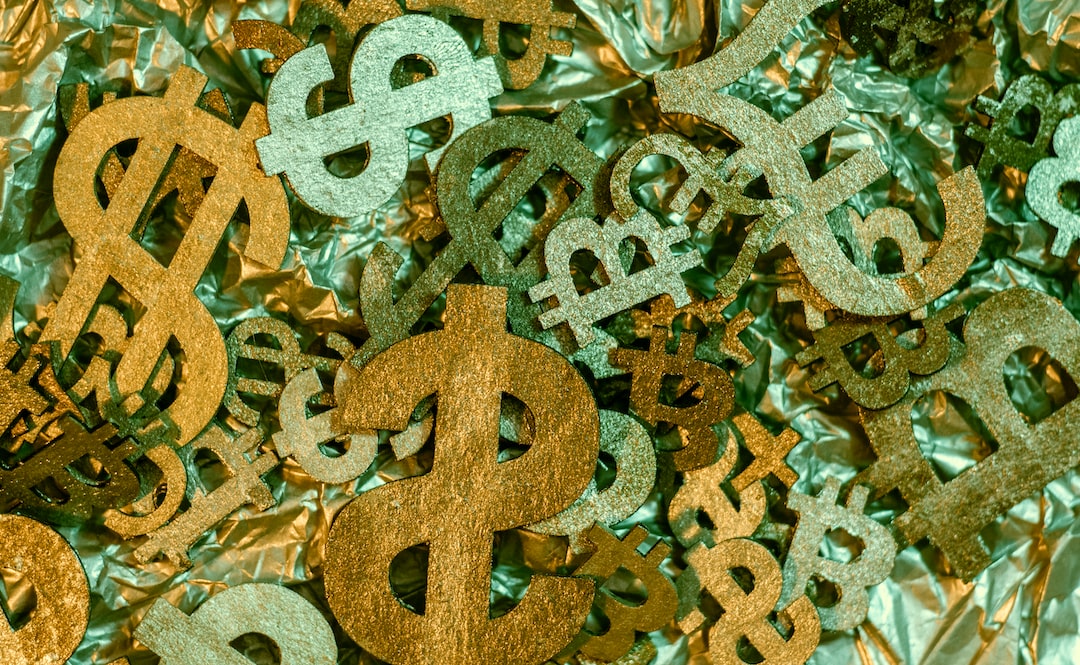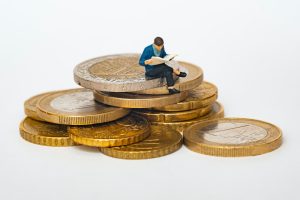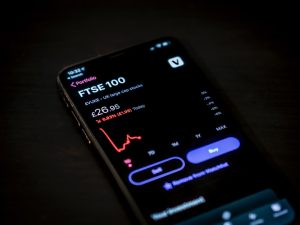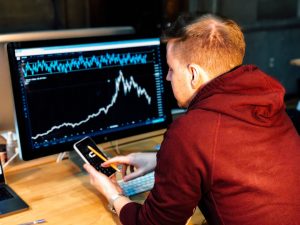Forex, or foreign exchange, is the world’s largest financial market, with trillions of dollars being traded daily. In this market, currencies from different countries are bought and sold in pairs, with traders aiming to make a profit from fluctuations in exchange rates. However, one of the challenges traders face is slippage – a phenomenon that can significantly impact their trades.
So, what is slippage in Forex, and how does it occur?
Slippage is the difference between the expected price of a trade and the price at which the trade is executed. It often occurs during periods of high volatility or low liquidity when the market is moving quickly, and orders cannot be filled at the desired price. As a result, traders may experience either positive or negative slippage.
Positive slippage occurs when a trade is executed at a better price than the one requested. For example, if a trader places a buy order for EUR/USD at 1.2000 and the market suddenly moves up to 1.2010, their order may be filled at the higher price, resulting in a profit.
On the other hand, negative slippage occurs when a trade is executed at a worse price than the one requested. For instance, if a trader places a sell order for EUR/USD at 1.2000, and the market suddenly drops to 1.1990, their order may be filled at the lower price, resulting in a loss.
Slippage can also occur due to execution speed, where the delay in processing an order may cause the price to change before the order is executed. This is more common in fast-moving markets, where milliseconds can make a significant difference.
Moreover, slippage can be caused by market gaps – sudden jumps in price that occur when the market reopens after a weekend or a major news event. In such cases, traders may experience significant negative slippage, as the market may open at a price far from their desired entry or exit point.
So, how can traders mitigate the impact of slippage on their trades?
One way is to use limit orders, which allow traders to set a specific entry or exit price for their trades. If the market moves in their favor, the order will be filled at the desired price, even if it’s better than the current market price. However, if the market moves against them, the order may not be filled at all.
Another way is to use stop-loss orders, which allow traders to limit their potential losses by automatically closing their trades at a predetermined price level. This can help minimize the impact of negative slippage, as the order will be filled at the best available price, even if it’s worse than the desired price.
Traders can also choose to trade during periods of high liquidity, such as during the overlap of the European and US trading sessions. This can reduce the likelihood of slippage, as there are more buyers and sellers in the market, and orders can be filled quickly at the desired price.
In conclusion, slippage is a common occurrence in Forex trading, and it can significantly impact a trader’s profitability. However, by understanding how slippage occurs and using appropriate risk management strategies, traders can minimize its impact and increase their chances of success in the market.





